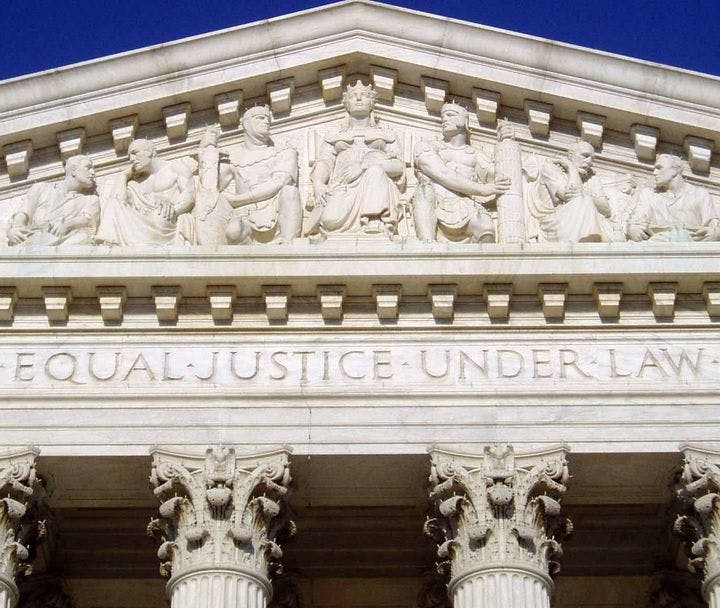Spring 2011
Diversity Dismantled
– The Wilson Quarterly
Only about 35 percent of four-year public institutions consider minority status in admissions decisions, down from more than 60 percent in the mid-1990s.
American colleges and universities have long been governed by two competing ideals: They aim to be both meritocratic centers of intellectual excellence and “model commonwealths” that bring together individuals of diverse backgrounds.
The “model commonwealth” ideal has taken a big hit over the years as one of its principal tools, affirmative action, has fallen out of favor with the courts and the public, writes William M. Chace, a former president of Wesleyan University and Emory University. In 2003, the U.S. Supreme Court upheld the place of diversity in higher education in Grutter v. Bollinger et al., ruling that race and ethnicity could continue to serve as criteria in admissions. But that same year, in Gratz et al. v. Bollinger et al., the Court said that racial and ethnic considerations could be made only if they were “narrowly tailored”—that is, if they were just two of many traits the institution considered in holistically evaluating candidates. No longer could institutions automatically increase the rankings of minority applicants.
Such holistic scrutiny is too expensive for public universities, with their tens of thousands of hopefuls. Many states, meanwhile, have banned affirmative action through ballot initiatives and by other means. In California, a 1996 state ban cut black enrollment in the freshman class of the elite University of California, Berkeley, from 258 to 140 in less than a decade. Nationwide, only about 35 percent of four-year public institutions consider minority status in admissions decisions, down from more than 60 percent in the mid-1990s.
Public skepticism about affirmative action is high. Critics point to sizable Indian, Vietnamese, Chinese, Korean, and Iranian contingents on many campuses, scoffing at the notion that diversity is waning. They observe that African immigrants are nabbing slots primarily intended for the descendants of slaves. In one 2009 poll, 61 percent of respondents said they opposed affirmative action.
There is a place where the idea of the model commonwealth can and must survive, Chace says. Private colleges and universities, with their deep coffers, can afford to evaluate applicants case by case. Because they don’t directly take much public money, they are somewhat shielded from state bans on racial preferences. And anti–affirmative action groups, because of their regard for private institutions and individual rights, are less likely to challenge nonpublic schools in court. Ironically, Chace observes, private colleges may “end up being more diverse in their enrollments than public colleges.”
* * *
The Source: "Affirmative Inaction" by William M. Chance, in The American Scholar, Winter 2011.
Photo courtesy of Wikimedia Commons
